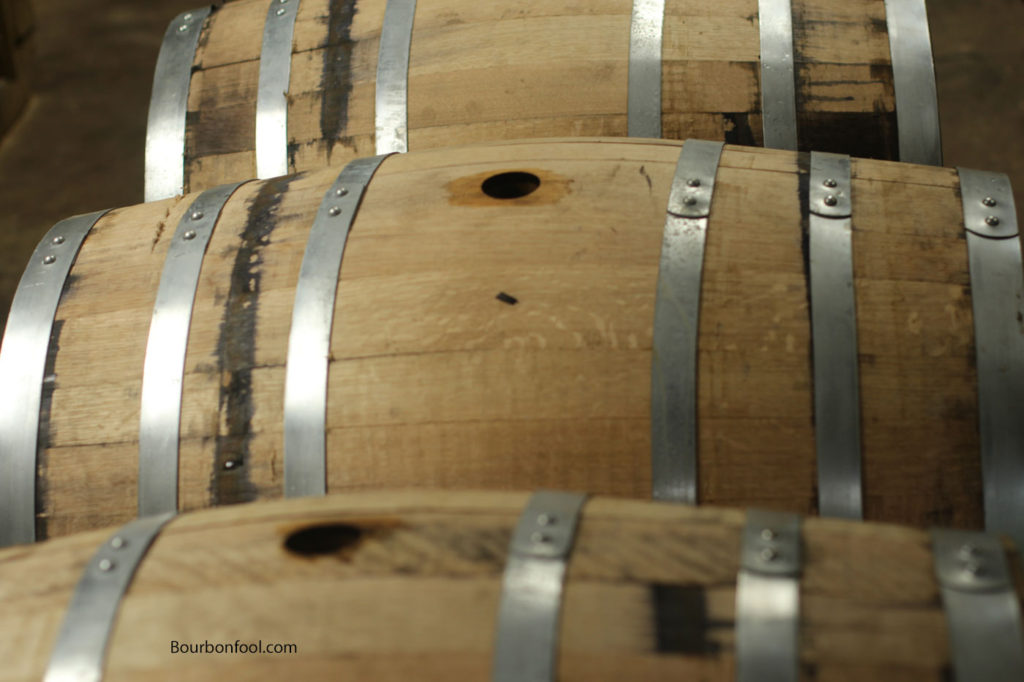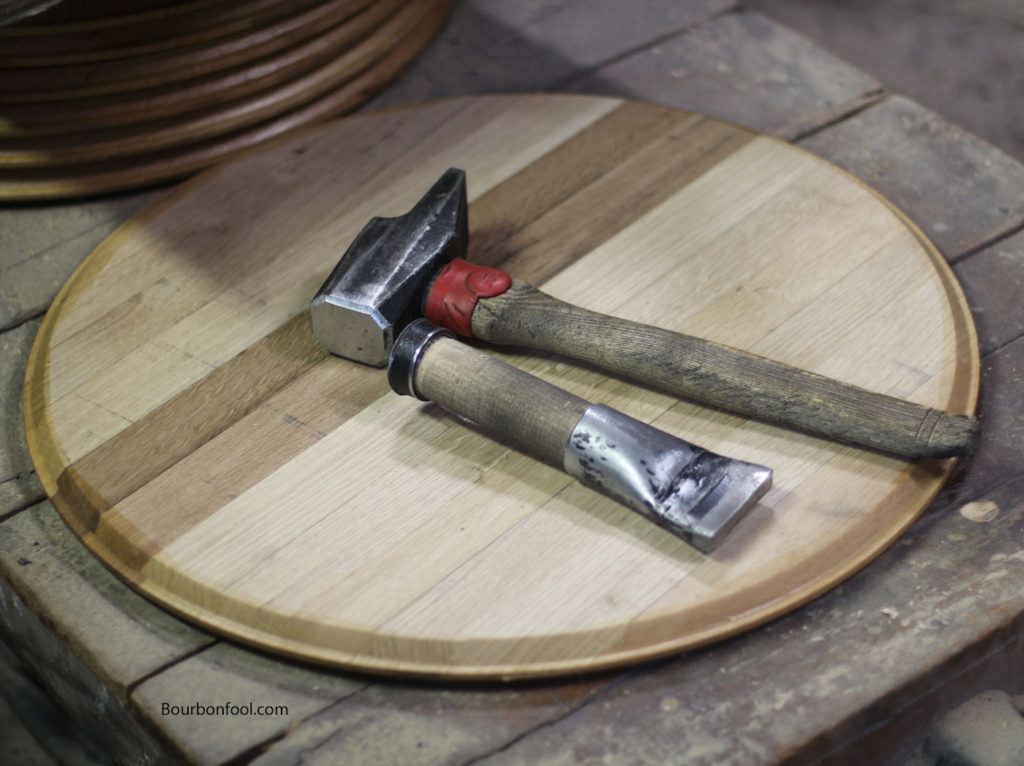The artistry of barrel making is a skill that dates back more than four thousand years but is still relevant today. Coopers are barrel makers, and they have played a valuable role in American history. When the Mayflower sailed to America, there was an onboard ship’s cooper. His name was John Alden, and he apprenticed for seven years under a master cooper in England to learn his trade. Coopers were artisans, and barrel-making was an essential part of day to day life in early American history.
Imagine a vessel needed to hold salted fish, gunpowder, nails, grain, milled flour, wine, cider, and many more life necessities. When America began trading with the West Indies, barrels were in demand to expand trade. White oak was the wood of preference for barrels to be tight, and red oak with other wood species for barrels containing mundane items such as nails or tobacco. The cooper was referred to as “slack” when he made casks that did not have a professional finish. Being watertight was not necessary. A slack cooper could build up to ten containers a day using crude tools by today’s standards. Tight coopers were the masters of their trade. They made barrels that kept moisture out, critical for flour or gunpowder or kept liquid in, essential for whiskey, rum, and wine.

A thriving industry in 1754
In 1754, 116,000 barrels were transported through Charleston, South Carolina, showing the demand for wooden storage. Like the Mayflower’s cooper, it would take seven years for an apprentice to become a cooper in colonial America. When you read about early American history or watch dozens of western-themed movies, you will often see a village blacksmith. Rarely will you see any mention of a cooper, but they were part of a vital industrial trade. Barrels were the equivalent of modern luggage, crates, and boxes.
Specialists in their field
Usually, barrels, kegs, and casks were made onsite for a specific industry. A brewery made beer barrels, and a powder mill made kegs for gunpowder. In more rural areas, a cooper would also make pails and washtubs. They were an essential part of pioneer life.

A thriving industry today
There are large barrel makers in the United States and many “artisan” coopers that manufacture quality barrels for the whiskey industry. Brown Forman owns its cooperage to supply barrels for their various brands. Tennessee whiskey giant Jack Daniels has their cooperage in Trinity, Alabama. Woodford Reserve and Old Forester source their barrels from the Brown Forman Cooperage in Louisville, Kentucky.
Independent Stave
One of the great places to visit and the tour is the Kentucky Cooperage location in Lebanon, Kentucky. These people make barrels for many of the great bourbon brands not owned by Brown Forman. The tour is informational, and the people are friendly. If you want to see modern barrel making up close, be sure to visit this location and watch the artistry of barrel making in person.
Did you know?
Each barrel has six steel hoops held together with 12 rivets.
In and around 1800, Thomas Jefferson expected his coopers to produce 5 barrels a day. Usually for flour or grain.
As coopering evolved, steel barrel hoops replaced wooden ones. Coopers would use brass and copper for barrels containing gunpowder to reduce the chance of sparks.
Distillers filled more than two million new barrels with bourbon in 2020.